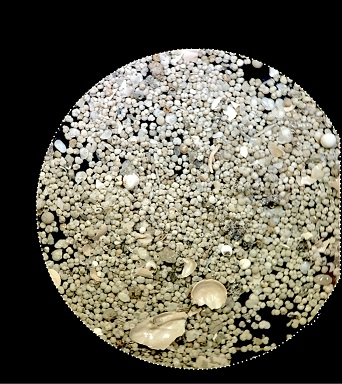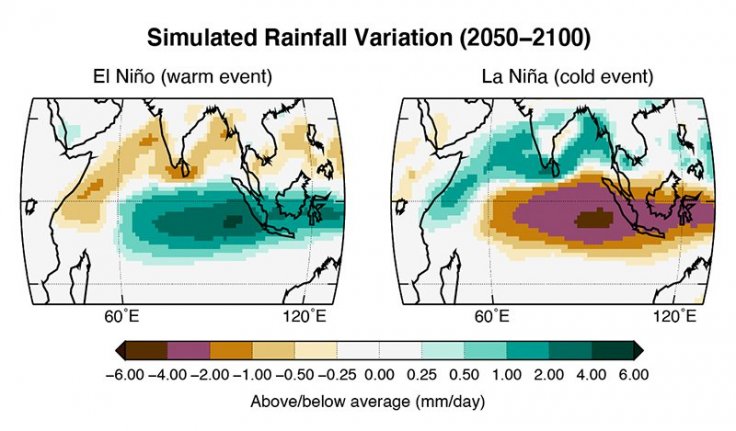A team of researchers warned that an ancient El Niño system is in danger of returning due to the increasing temperatures caused by global warming. They believe this severe weather system could form over the Indian Ocean.
El Niño is a weather system associated with warm waters in the Pacific Ocean. It often triggers extreme weather conditions in various areas such as droughts in Australia and heavy rains in South America.

Return Of Ancient El Niño System
After going through climate patterns caused by the increasing global temperatures, a group of researchers discovered that El Niño could significantly worsen within the next couple of decades. Their findings were presented in a new study published in Science Advances. According to the researchers, increasing temperatures could create weather patterns that might trigger the Indian Ocean to form its own El Niño system.

Through computer models, the researchers learned that the new weather system that would be formed in the Indian Ocean could be similar to the one that affected the region during the last ice age 21,000 years ago.
21,000 years ago El Nino on Indian Ocean
In their 2019 paper by many of the same authors, researchers found evidence of a past Indian Ocean El Niño hidden in the shells of microscopic sea life, called forams, that lived 21,000 years ago — the peak of the last ice age when the Earth was much cooler.
Despite minor variations in sea surface temperature (SST) compared to other tropical regions, coupled ocean‐atmosphere dynamics in the Indian Ocean cause widespread drought, wildfires, and flooding. The Last Glacial Maximum , about 19,000–21,000 years ago, when background oceanic conditions could have been favorable for stronger variability, their "climate model simulations show that seasonal and interannual SST variations in the eastern equatorial Indian Ocean were much larger during this glacial period relative to modern conditions."
Current study findings
"Our research shows that raising or lowering the average global temperature just a few degrees triggers the Indian Ocean to operate exactly the same as the other tropical oceans, with less uniform surface temperatures across the equator, more variable climate, and with its own El Niño," climate scientist Pedro DiNezio of the University of Texas said in a statement.

Effect Of Indian Ocean's Extreme Weather Patterns
According to the researchers, this ancient form of El Niño could cause severe weather patterns in the continents bordering the Indian Ocean, such as Asia, Australia, Africa and Antarctica. Depending on the season, these areas could experience a spike in the rate of droughts, storms and flooding.

Based on the computer models analyzed by the researchers, which keep track of how meteorological conditions in the Indian Ocean are affected by global warming, the ancient El Niño could begin to form as early as 2050.
DiNezio noted that the return of the severe weather system depends on the planet's current greenhouse gas emissions. "The re-emergence will depend strongly on the rate of global warming, so ultimately on whether greenhouse gas emissions are abated or not," he told Earther. "We are certain that the risks of these extreme events is becoming larger and larger as we pump more CO2 into the atmosphere, and certainly going to have an unequal impact on countries in the tropics."









